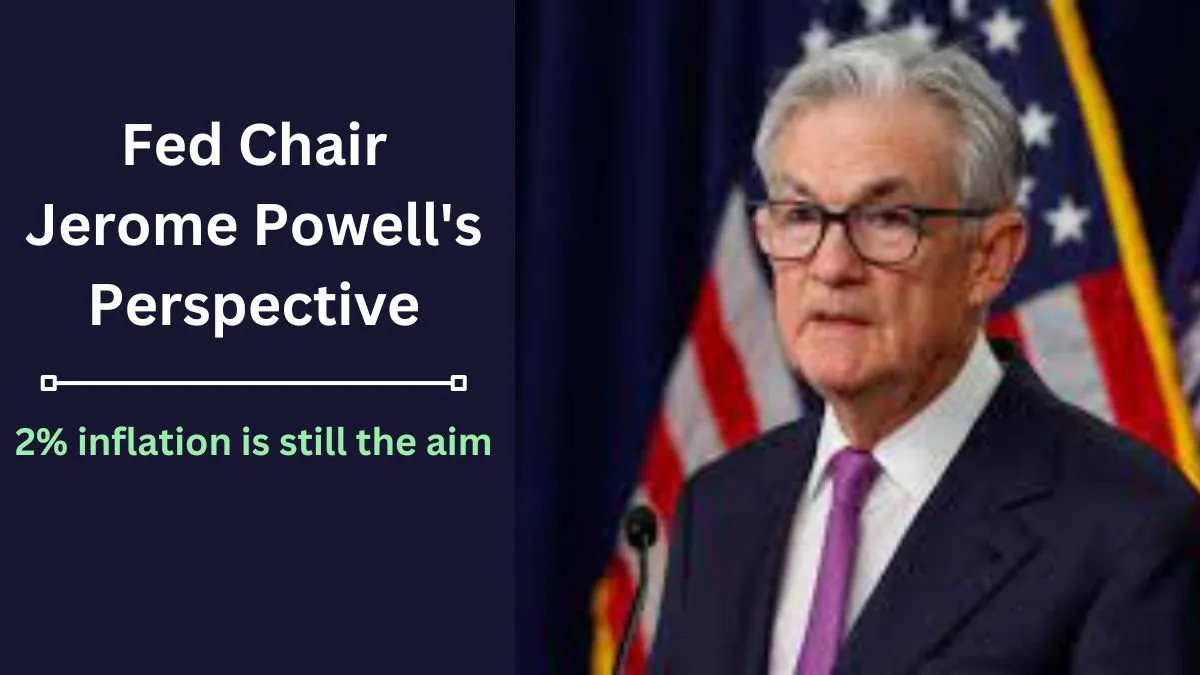The U.S. Federal Reserve has decided not to change its interest rates despite the backdrop of a robust economy, a strong job market, and persistent inflation. They’ve kept it the same at around 5.25% to 5.5%. This is the second time they haven’t made any changes after raising rates 11 times.
Upgraded Assessment of the Economy
The Federal Open Market Committee upgraded its assessment of the economy in its post-meeting statement. Economic activity in the third quarter was described as expanding at a “strong pace,” reflecting a change from the previous statement in September that referred to the economy as expanding at a “solid pace.” Employment gains have moderated since earlier in the year but remain robust. The GDP expanded at a 4.9% annualized rate in the third quarter, surpassing expectations.
Concerns Over Financial and Credit Conditions
While the statement indicated that the economy remains strong, it noted that both financial and credit conditions had tightened. The inclusion of “financial” in the statement came as a response to concerns about surging Treasury yields. The committee is still determining the extent of additional policy adjustments required to meet its objectives.
Challenges and Resilience
Despite previous interest rate hikes, inflation has started to slow from its rapid pace in 2022, and the labor market has remained resilient. The goal of the rate increases has been to manage economic growth and address the supply and demand imbalance in the labor market.
Inflation and Core Inflation
Core inflation, standing at 3.7% annually, remains above the Fed’s annual target of 2%, despite a gradual decrease during the year. The Fed is cautious about the potential impact of interest rate hikes on inflation.
The notion of “higher-for-longer” interest rates has gained prominence. While the Fed may keep rates steady as it assesses the effects of previous hikes, rate cuts are not currently under consideration.
Also read: best-tech-stocks-to-buy-now-after-the-recent-selloff
Market and Treasury Yields
Market pricing suggests that the first rate cut may occur around June 2024. The relatively restrictive stance has contributed to surging bond yields, with Treasury yields reaching levels not seen since 2007.
Federal Reserve’s Ongoing Assessment
The Treasury Department’s plans to auction $776 billion of debt in the third quarter have raised concerns about Treasury issuance. The Federal Reserve continues to assess economic indicators, seeking a balanced approach to monetary policy.
Fed Chair Jerome Powell’s Perspective
U.S. Federal Reserve Chair Jerome Powell is expected to address the rising yields and provide insights on economic growth, the job market, and inflation in his media appearance. Powell has previously suggested the need for a potential economic slowdown to control inflation.
Most forecasts anticipate a slowdown in economic growth in the coming months, with estimates indicating a drop to 0.7% in the fourth quarter and 1% for the full year in 2024. Projections from the Fed in September placed expected GDP growth at 1.5% in 2024. The economic landscape continues to evolve, with the Federal Reserve closely monitoring developments.




